Urbanisation and being Māori
This entry will help you find information about Māori migration to cities, their challenges, and what this meant for their identity as Māori. You will also find information about some protests Māori were involved in to challenge political and social ideas.
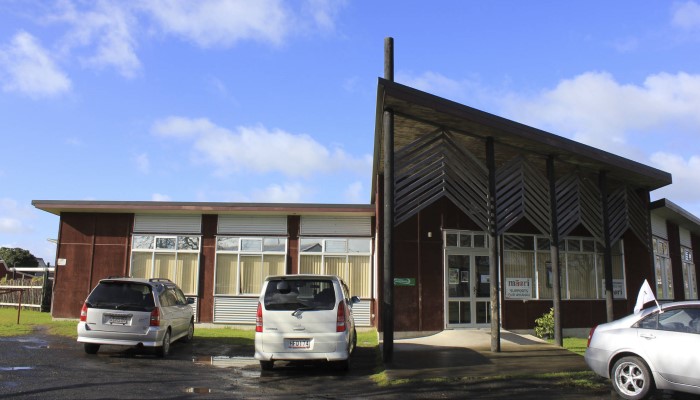
Image: Hoani Waititi Marae, Glen Eden by Adana Dobranis. Collection: Auckland Libraries Heritage Collections GLEN-D-2014-0017.
Keywords
Here is a list of some keywords based on the movement of Māori to urban cities like Tāmaki Makaurau, Māori organisations and groups, iwi, urban marae and some famous Māori. Use this list when searching the collections and websites in this entry.
Dame Kiri Te Kanawa: An international Māori opera singer.
Famous Māori land protests: 1975 Māori Land March led by Whina Cooper. Bastion Point (Takaparawhau) protests led by Joe Hawke in 1977-78. 1916 protest at Ihumātao in South Auckland.
Famous wāhine (women) Māori: Dame Whina Cooper (activist for Māori rights), Eva Rickard (led the Raglan Golf Course protest in 1978), and Titewhai Harawira (member of Ngā Tamatoa).
Hoani Waititi Marae: This urban marae is a place of learning for Māori language, culture and practice. It is located in West Auckland.
Kura kaupapa Māori: State schools that teach in te reo Māori. Te Kura Kaupapa Māori o Hoani Waititi was the first kura kaupapa Māori in West Auckland in 1985.
Māori urbanisation (urban drift): This was when Māori began to migrate from rural and country areas to cities.
Māori Women's Welfare League (Te Rōpū Wāhine Māori Toko I te Ora): A New Zealand welfare organisation focusing on Māori women and children.
Ngāti Pōneke Young Māori Club: This group began in Wellington in 1937 to promote sports and arts for young Māori.
Ngā Tamatoa (The Young Warriors): Based in Auckland, the activist group was formed in 1970. It collected signatures for a nationwide petition for te reo Māori to be taught in schools.
Ōrākei Marae: An urban marae and traditional tribal meeting ground for the iwi of Ngāti Whātua o Ōrākei and their hapū of Ngā Oho, Te Taoū and Te Uringutu.
Patricia Grace: The first Māori woman to publish a collection of short stories.
Urban Marae: A traditional marae built within an urban (city) environment. Awataha marae (North Shore), and Wahiora Marae (Otara) are some examples.
Waipapa Marae: Located on the campus grounds of the University of Auckland, this marae is the centre for Māori life at the University.
Waitangi Tribunal: Created to suggest settlements for Māori claims of Treaty of Waitangi breaches.
Te Waka Huia: One of Aotearoa's famous Māori cultural Kapa Haka groups.
Wānanga: Māori tertiary (university) education institutions started by Māori to strengthen te reo Māori and mātauranga Māori (Māori knowledge).
Witi Ihimaera: First Māori writer to publish a collection of short stories.
Tips: Before searching it can be useful to come up with a list of words to use. These are sometimes called keywords or search words. They can be the name of a person, place, or event you are researching. You can leave out small words like ‘the’ and ‘of’ and just choose the main ones, eg 'urban marae'. We can always change our keywords or add more if we need to.
Tips: Also keep in mind that there are different names or spellings for words. Or they could have changed over time.
Auckland resources
Here are some collections from Auckland Libraries and other reliable Auckland museums and heritage websites. They will help you find books and information on the migration of Māori to Tāmaki Makaurau, the challenges they faced and what helped them retain their identity.
Auckland Libraries Catalogue
This catalogue from Auckland Libraries will help find books on Aotearoa New Zealand and Auckland's histories.
Search the catalogue using keywords like ‘urban marae’ or 'Bastion Point’.
You can get fewer results by using the filters under Refine by.
Select a book that interests you.
Go down the page to Edition information to check if the book can be borrowed or if it's for In library use only.
Look further down the page to Related Resources to find other titles related to this search.
If you have an Auckland Libraries library card you can request the item to be sent to you at your local library.
Tips: If the status of the book is 'In library use only', it means the book can only be used in the library and can't be taken home. In this case, you will need to fill out a form or speak to a librarian about reading the book in the library.
Tips: You will find lots of books that have been written over 50 years ago. While they are good sources of information, we need to remember the context and time when they were written.
Kura — Photographs
Browse photographs, illustrations and works of art from the 1800s to today.
Go to the search box at the top of the page and enter 'Hoani Waititi Marae'.
View the images of Hoani Waititi Marae at Glen Eden in Tāmaki Makaurau.
Also, try the keywords 'kohanga reo' and 'kura kaupapa Māori', then look for images such as Kohanga Reo, Māngere, 1986 and New Māori school, Māngere, 1990.
Tips: Always remember to check the copyright or usage rights of images. This will tell you if you need permission to use the image, and how to attribute the image.
Heritage et AL
The Heritage et AL blog is written by librarians and is a useful way to find information about Auckland Libraries heritage collections.
Enter the keyword 'Ōrākei'.
Read the article Resilience: The Auckland Māori Community Centre about the setting up of Ōrākei marae for Ngāti Whātua Ōrākei and the difficulties they faced.
Then search for 'freezing works' to read Stepping back into the shed: Westfield Freezing Works, 1916-1989.
Go down the page to find the audio Aneta Jean Hart - Moving to Auckland for work. This is about Māori who moved to Auckland for work during the ‘urban drift’.
Tips: Blogs can be good for looking at how things have continued or changed over time. Remember, stories can be told in different ways so it’s helpful to look at multiple information sources to find different perspectives.
Auckland Libraries - YouTube
The Auckland Libraries YouTube channel has many videos about Auckland’s heritage, recordings of library events, conversations with authors, talks, stories, activities, music and more. Some of the talks are delivered by historians on their specialist subjects.
Select the magnifying glass under the Auckland Libraries heading to enter the words 'Marae'.
Watch the videos Ruapotaka Marae: The Past, Ruapotaka Marae: The Future, Ruapotaka Marae: The Present.
The videos capture the history of Ruapotaka Marae in Glen Innis in Tāmaki Makaurau.
Also search for 'kura Māori' to watch Descended from Rangatira: Torah Taniwha-Paoo.
Torah talks about the importance of keeping te reo Māori and te ao Māori (Maori world) alive.
Tips: You will find a huge selection of videos on YouTube. We recommend you view videos from reliable sources like National Geographic, History Channel, BBC etc. These are official channels from organisations.
Kura — Oral History
Find collections of oral history interviews, collection series, recorded talks and events.
Go to the search box and enter 'Māori culture'.
Listen to Bethany Edmunds, Māori Cloak Project - Te Awe Project, 2018.
Bethany Edmunds speaks about keeping alive and preserving the history and art of Māori weaving.
Not all of the oral histories are available online, so fill up the form that comes with the oral history item you want to listen to or watch, then select Submit form. The library will get in touch with you when they have the item ready for you to use.
Tips: Primary sources like oral histories are useful for hearing first-hand accounts, and gathering information about people’s values, attitudes and experiences about a topic or event from that time. Keep in mind that they may not fairly show a wide range of views or experiences.
Auckland Public Art | He Kohinga Toi
Auckland Council looks after more than 400 public artworks that include paintings, sculptures, and more. This site has information about them.
Use the magnifying glass at the top of the page to search for an artist.
Or go to Explore and choose Māori artists to browse artworks.
Select an artwork to find out more about it.
These works of art are ways Māori artists are keeping Māori culture, identity and art alive in Auckland city.
Tips: Websites that have .com or .co in the address can have good information, but you need to assess how reliable it is. Check the About us link on the website, if you can find one. That can tell you what the company’s mission and values are.
Hoani Waititi Marae
Opened on 19 April 1980, the marae in West Auckland is a place of learning about Māori culture and te reo Māori.
The About tab at the top of the page will tell you more about the history of the marae and its services.
Go to Kapa Haka to find Te Roopū Manutaki created by Dr. Pita Sharples in 1968 for Māori during the urban drift period.
Also find the work of Ngā Tūmanako, Te Rautahi on the development of Māori culture and te reo Māori.
Use News, Gallery and Events to learn more about this urban marae.
Makaurau Marae
This marae belongs to Te Wai o Hua, one of the main iwi of Tāmaki Makarau. It is located in Ihumatao Mangere.
Go to the menu on the right of the page to select Our History.
The page opens to The history of our marae.
Read Environment from the menu to understand mana whenua self-determination and development of iwi.
Tips: Not sure what a Māori word means? You can use the Te Aka Māori Dictionary or Paekupu to search for the meaning.
Te Kotahi a Tāmaki Marea Collective
The collective was formed to ensure marae in Tāmaki Makaurau are centres for culture, building relationships and providing opportunities for whānua (family), hapū and iwi.
The tab Find a marae will help you find any marae in Auckland.
Explore Services to read about the role of Māori in supporting marae to grow and change.
Use the About tab to read about the purpose, vision and mission of the marae collective.
Tips: Some websites have .au, .nz, .uk or other codes in their url. This can tell you which country this website comes from eg .au is from Australia or .nz is from New Zealand. You can check the About Us link on the website for more information.
Te Kaunihera o Tāmaki Makaurau | Auckland Council
This is the website of Tāmaki Makaurau Auckland Council. It has information about the services, plans and working of the council.
Enter the search words 'Māori Tāmaki Makaurau'.
Select Māori in Tāmaki Makaurau to read about the iwi and hapū that live in Auckland, Māori population numbers, and where they live in Tāmaki Makaurau.
Tips: We like sites like this because they’re reliable. You can tell because of their web address – they have either .govt or .ac, meaning they are from government or educational organisations. They’re also New Zealand sites, so relevant for us.
Tāmaki Paenga Hira | Auckland War Memorial Museum
This is one of New Zealand's significant heritage libraries. It has pictorial and art, Māori and Pacific, natural, social, and history collections. It is a great place to visit and check out exhibitions and galleries about topics involving Aotearoa New Zealand's histories.
Use the search feature at the top of the page to enter the keywords 'Bastion Point protest'.
Then select the tab called Image to find lots of photos of the Māori land protest in Auckland.
Then go to the tab called Discover to find Stories.
Select Collection Stories to find the story Early 19th century Māori literacy, about early Māori language publications held in the museum.
If you visit the museum, go to Te Marae Ātea Māori Court. You can discover items and stories of the past, present, and future of Māori in Aotearoa.
Tips: Museums preserve and exhibit important cultural, artistic, historical or scientific artefacts. Some store personal collections. A lot of them have online collections and articles based on these collections.
AHI Auckland History Initiative
The Auckland History Initiative from the University of Auckland supports and promotes the histories of Tāmaki Makaurau.
Search for 'urban Māori'.
This was a Māori cultural centre and even served as a marae until Ōrakei Marae was built. The article also covers the rural to urban Māori migrations after 1945.
Also here is Unearthing the history of Ihumātao, where the land tells stories. This story by Lucy Mackintosh is about the ancestral links of mana whenua with Ihumātao.
Te Whānau o Waipareira
Waipareira provides free services for health, legal, housing, and education of urban Māori of all ages.
Go down the page to About us, then find Our Story to find a timeline of the trust and what it has achieved.
Go to the end of the page to look under Resources to find Te Whanau o Waipareira to read an overview of their different services.
MUMA (Manukau Urban Māori Authority)
This organisation began in 1986 to assist with the economic, social, and community development of Māori in cities.
Use the tabs at the top of the page to read about the services and vision of MUMA.
From the About tab read about the Ngā Whare Waatea Marae.
General New Zealand Resources
The websites below belong to government agencies, national museums, archives, libraries, and other reliable sources. They will help you find information on urban Māori, why they moved to cities, Māori protest movements, and groups and organisations that helped them retain their culture, language and identity.
Te Ara: The Encyclopedia of New Zealand
Te Ara is an excellent starting point for all questions about Aotearoa New Zealand. If we look down to the bottom of the page, we can see that the website belongs to the Ministry for Culture & Heritage, so the information is well-researched and reliable.
Go to Topics and choose Māori iwi (tribes) to find find Urban Māori.
Also, use search words such as 'Bastion Point' and 'Ngā Tamatoa'.
Then read Ngā rōpū tautohetohe – Māori protest movements and Ngā rōpū – Māori organisations.
You will find information on land protest movements, education organisations and urban authorities.
You could also use the search words 'Māori urbanisation' to find the image Māori urbanisation. This graph shows the migration of Māori to urban areas from 1926 to 2006.
NZ History
NZ History is a great website for information about Aotearoa New Zealand. If we go all the way down the page we can see that the website belongs to the Ministry for Culture & Heritage, so the information is well-researched and reliable.
Use the search word 'kōhanga reo', then select Te Kōhanga Reo to read how preschool children are taught te reo Māori.
Next, try the words 'Māori Women’s Welfare League', to find the article Māori Women's Welfare League established.
Heritage New Zealand | Pouhere Taonga
This government organisation identifies and protects Aotearoa New Zealand's historic and cultural heritage. The website has information about important heritage places and landmarks.
Look down the page for Explore The List.
Enter the keyword 'Māori' then select Auckland Council under Region.
Look at the Detailed List Entry to read how the centre was taken over by Auckland Anglican Māori Mission and the church hall became the Tatai Hono Marae.
Tips: Websites that have .org or .net in the address can have good information, but you need to assess how reliable it is. Check the About us link on the website, if you can find one. That can tell you what the organisation’s mission and values are.
Stats NZ | Tatauranga Aotearoa
This government organisation is New Zealand's official data agency. Information is collected from people and organisations through census and serves.
The section on Population will lead to a page on the people who live in New Zealand.
Look down the page for the 2018 Census ethnic group summaries, then select Māori.
Find the heading Population by regional council, andMigration for Māori ethnic group.
Tips: The census is taken every 5 years, so look out for the results of the next census to get a more up-to-date understanding of this page.
Ngā Taonga Sound & Vision
Funded by the Ministry for Culture and Heritage, Ngā Taonga Sound & Vision is New Zealand’s audio-visual archive. Their collection includes film and television, radio and sound recordings, props, posters and more from over 120 years of New Zealand’s history. Over 7,500 items can be viewed or listened to online.
Try searching with the search words 'city Māori'.
Choose the Availability for View or listen online now.
Select The Māori today -1964, Coming to the city and Studio interview on Māori urbanisation.
The items describe the challenges for Māori and living in a city.
Use other search words like 'Māori Women’s Welfare League' or 'urban marae' for more results.
Listen to Women speaking on the marae and Urban Marae.
NZ On Screen
NZ On Screen is a collection of television, film, music videos and web series from the past to today. It is managed by the Digital Media Trust and funded by New Zealand On Air.
A search with the keywords 'Urban Māori' will bring up New Streets - South Auckland, Two Cities.
This is about the large influx of Māori and Pacific Island workers to South Auckland.
Also, watch The Māori Today. This documentary is about Māori in cities in the 1960s.
Te Puni Kōkiri | Ministry for Māori Development
Te Puni Kōkiri was established in 1992. It is the main advisor on Māori wellbeing and development. Read Our story about the department's history, vision and purpose.
Try Ngā pūtea me ngā ratonga Our funds and services.
Then select Community and Commemoration to read about Māori Wardens and their services to communities in Aotearoa.
Find the Auckland regional office by going to Whakapā mai Our regional and national office, then select Tāmaki Makaurau to read about the local news and stories about Māori in Auckland.
You will also find a list of iwi in the Tāmaki Makaurau region.
Papers Past
This is a searchable collection of early NZ newspapers (19th and 20th centuries), letters, diaries, magazines and Parliamentary Papers digitised by the National Library and partners.
Select Ngā niupepe | Newspapers, then enter the words 'Maori urbanisation'.
Read the articles Maori Urban Population and Town Jobs for Maoris.
Tips: Historical sources like newspapers can be useful for finding different perspectives on a topic. Keep in mind that they may not fairly show a wide range of views or experiences.
Tips: You will notice the spelling of the kupu (word) 'Māori' doesn't include the tohutō (macron) and other te reo Māori words may have changed. While we use these now, they weren't always used in the past.
Books
You can also visit your local public library for books on Auckland and Aotearoa New Zealand histories. Listed below are a few titles to help you with your search for books on this topic:
Maori migration to Auckland; Processes of Maori urbanisation by D T Rowland and Dorothy U Ulrich
Urban Maori: the great 20th-century migration by Bradford Haami
Being Māori in the city: Indigenous everyday life in Auckland by Natacha Gagné
A new Maori migration: rural and urban relations in northern New Zealand by Joan Metge
Kia Kaha: a storybook of Māori who changed the world by Stacey Morrison & Jeremy Sherlock
Go girl: a storybook of epic NZ women by Barbara Else
The New Zealand frozen meat trade by Philip S E Hereford
Heke tangata: Māori in markets and cities by Brian Easton
SCIS no: 5496721
More about Auckland
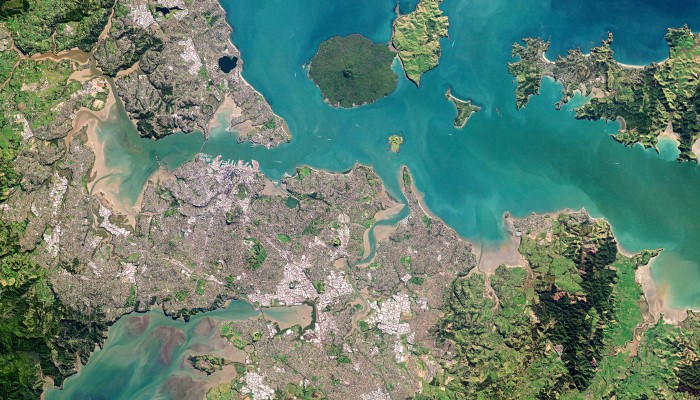
Local iwi
There are many iwi with ancestral relationships to Tāmaki Makaurau. This page lists iwi and websites which have information about their histories.
Learn about local iwi
Changing views on conflict
This entry recommends resources to find out how New Zealand's involvement and views of conflict have changed over time, and how wars are commemorated. It also looks at New Zealand's work with the United Nations and current ideas of national identity.
Learn about changing views on conflict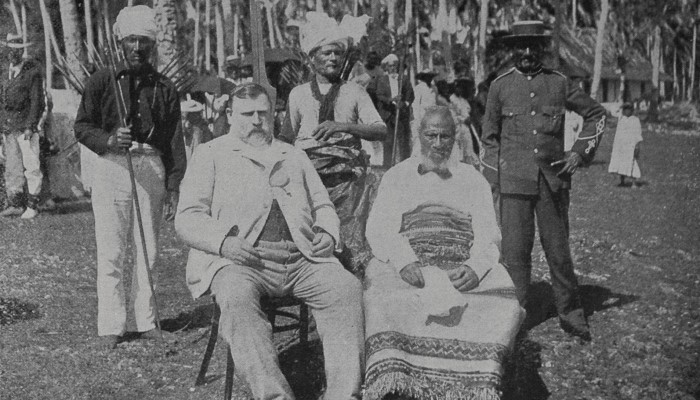
Colonial power in the Pacific
This entry has collections and websites to help explore the history of New Zealand's presence and colonial power in the Pacific. It has examples of the rise of independent Pacific nations and how they sustained their culture and presence in the Pacific.
Learn about colonial power in the Pacific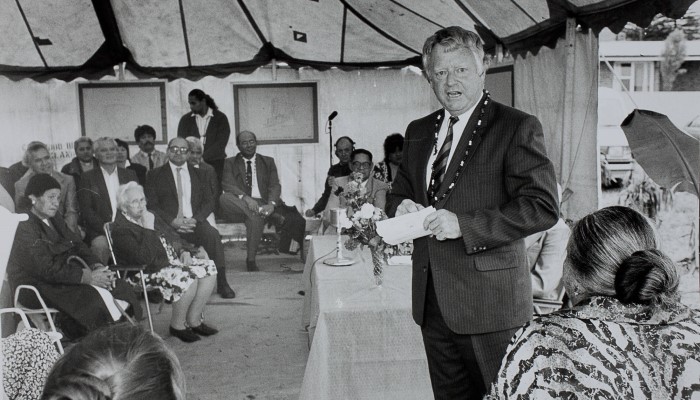
Decolonising the Pacific
This entry will help you find the best websites and collections to explore the decolonisation of the Pacific, including Aotearoa New Zealand's continued interests in the region.
Learn about decolonising the Pacific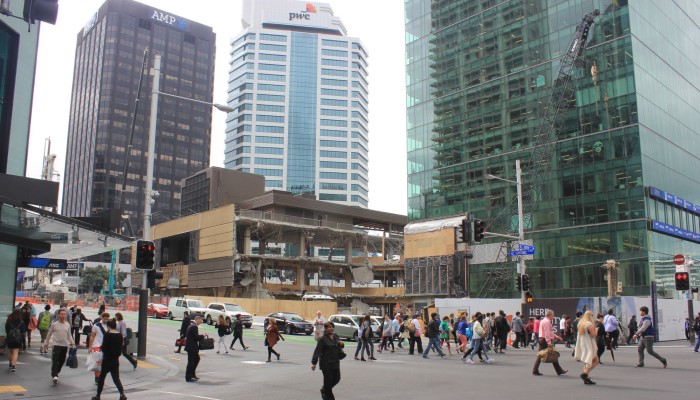
Economic independence and vulnerability
This entry will help you find information about the history behind Auckland's economic progress and independence, and the factors that impacted it.
Learn about economic independence and vulnerability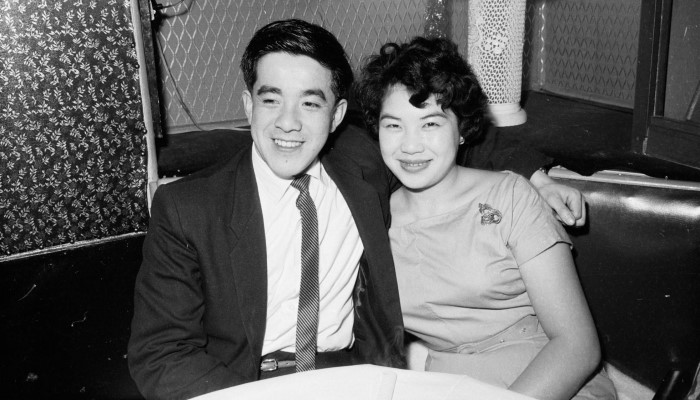
Finding a place in Aotearoa New Zealand
Since the 1700s, new people have immigrated to Aotearoa. Some came in search of a better way of life or because their country was no longer safe. Newcomers could experience racism and discrimination. They also helped shape New Zealand as a country.
Learn about finding a place in Aotearoa New Zealand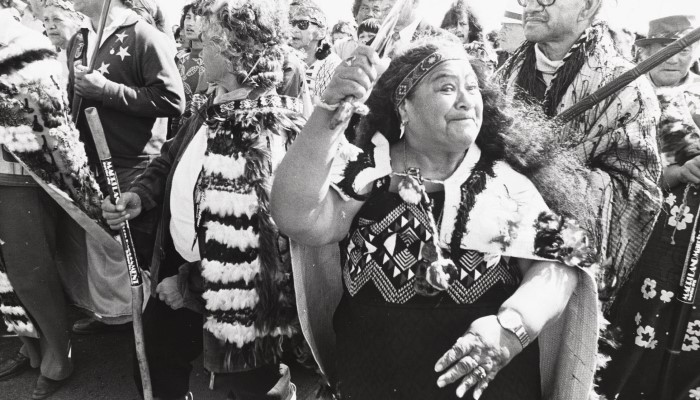
Mana in Māori society
This entry has websites to help you understand the different meanings of mana and its importance in political, social and traditional relationships in Māori society.
Learn about mana in Māori society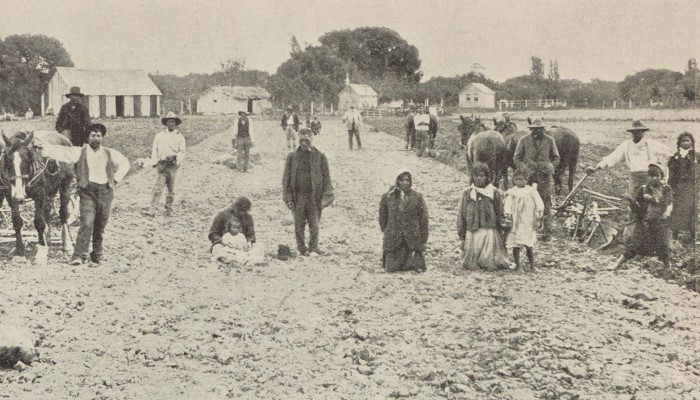
Māori economy: opportunities and challenges
This entry will help you find the best websites and databases that explore the history and development of the Māori economy including the challenges Māori faced from the New Zealand Wars, land sales and decisions made by the Native Land Court.
Learn about māori economy: opportunities and challenges
Peopling the colony: inclusion and exclusion
This entry recommends places to find information about the history of immigration to Tāmaki Makaurau and New Zealand. This includes immigration laws and changes, the role of Māori in immigration, and the government's attempt to set right past injustices.
Learn about peopling the colony: inclusion and exclusion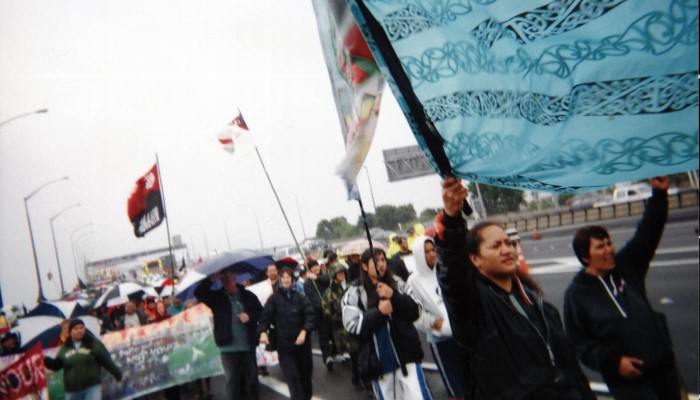
Sovereignty vs rangatiratanga: wars, laws and policies
This entry recommends websites where you can find information about the impacts of land laws on Māori, the New Zealand Wars, and attempts by Māori to find justice and build a relationship with the Crown.
Learn about sovereignty vs rangatiratanga: wars, laws and policies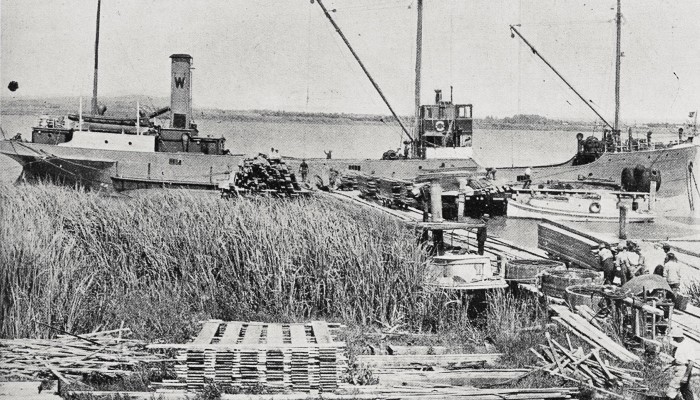
Technology and economic development
This entry will help you understand how advances in technology and land acquisition developed Auckland's economy but greatly impacted Māori and their economy.
Learn about technology and economic development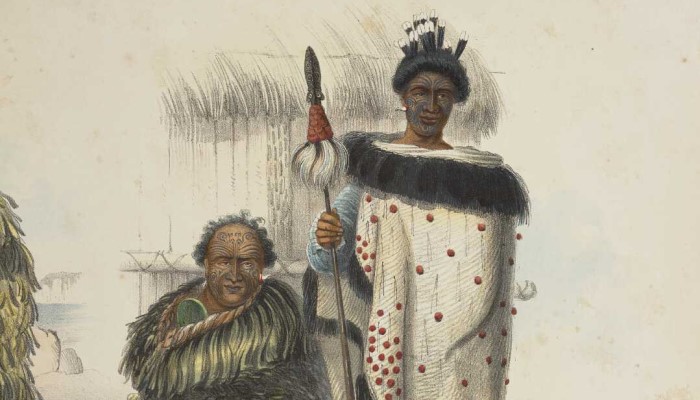
Te Tiriti o Waitangi
This entry recommends websites and collections to find information about He Whakaputanga o te Rangatiratanga o Nu Tireni | The Declaration of Independence and the Treaty of Waitangi | Te Tiriti o Waitangi, their significance, and the signatories.
Learn about te Tiriti o Waitangi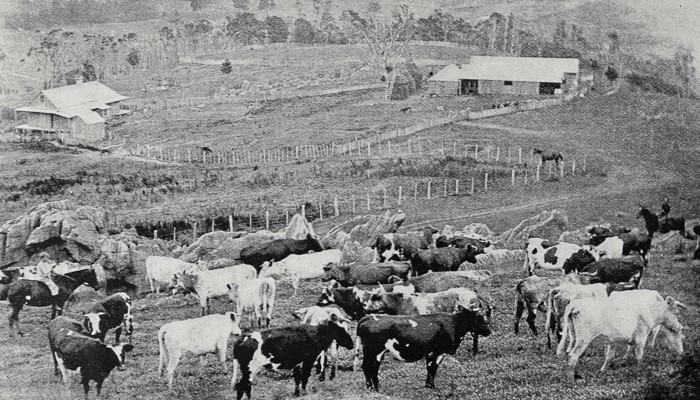
Transforming environments
This entry explores changes made by settlers to Aotearoa's natural environment, their naming of places and features, and efforts to conserve and restore its natural beauty.
Learn about transforming environments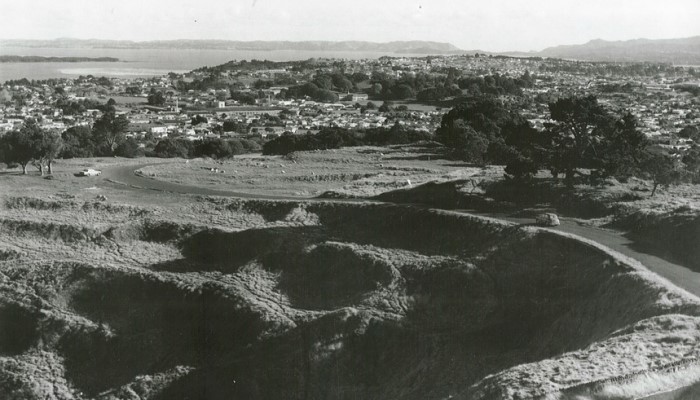
Transforming te taiao
This entry will help you find information on the changes made to the environment by pre-European Māori, and their care and connections to te taiao (the natural world).
Learn about transforming te taiao